Drug addiction and Abuse in Tamale Ghana
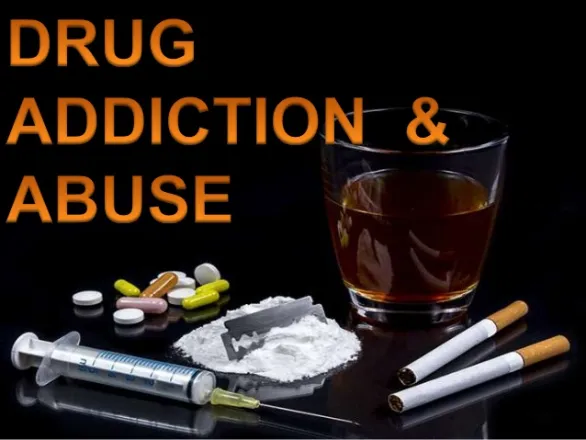
Drug abuse is as an age-old problem that has taken a toll on society and health systems. Many people, particularly young people, engage in drug abuse for varied reasons, including physical, psychosocial, educational, political and moral gains. The past decade has witnessed changing trends in the patterns of drug and substance abuse, with tramadol emerging as a leading drug that is widely patronized in the West African sub-region. Tramadol is an analgesic with an opioid-like effect when taken orally, It is primarily prescribed to treat mild to severe pain in both acute and chronic conditions. Drug abuse has become a deep threat to the growth and development of the youth in Tamale Ghana, hence there’s the need for various stakeholders or people who matters in the Region to in measures to nip it to the bud. My great applause goes to the recent task force team voluntarily set up to nip the problem within the region

The leader of the said task force team that’s voluntarily fighting against drug abuse in Tame
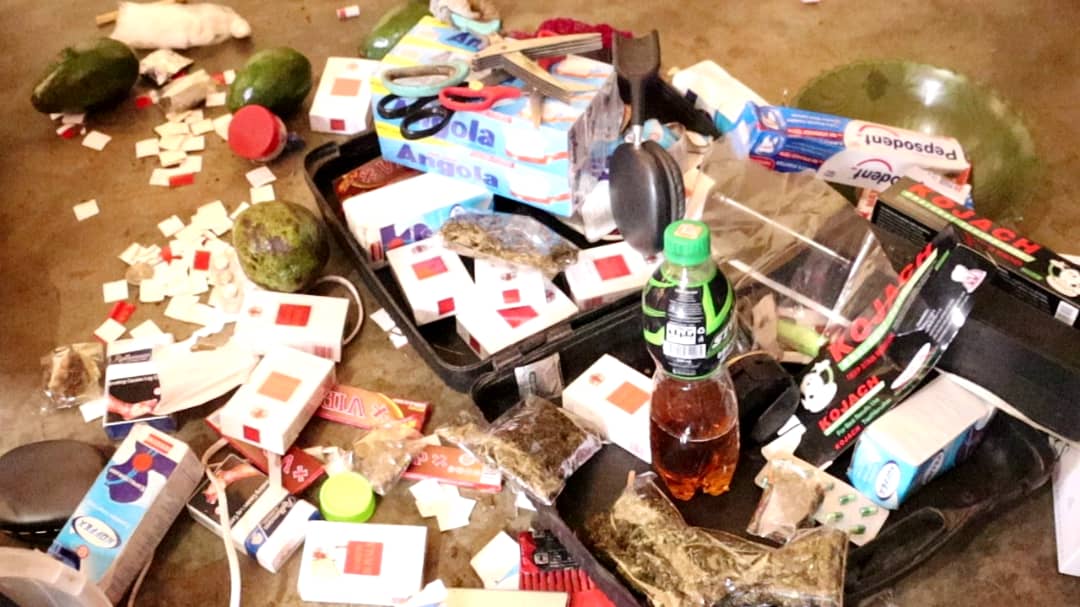
Drugs they seized on their first mission
(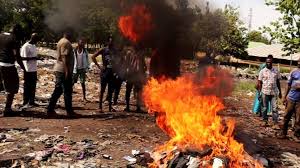 ) Burning of the said illicit drugs.
) Burning of the said illicit drugs.
Most residents in Tamale expressed their fears daily on how the Metropolis has become scary due to the alarming rate at which drug abuse is increasing in the region. Drug Abuse, alcohol and tobacco are the two most common substances youth of Tamale abuse. Marijuana is also commonly abused by these youth. These drugs,alcohol and tobacco use poses many risks for the youth regarding academic challenges, physical and mental health problems, poor social relationships, and legal involvement. These substance they use can also result in consequences for the youth’s family, community, and society.Drug misuse by the youth significantly increases their risk of death from illness, accidents, homicide, or suicide. These substance abuse can lead to risky behaviors such as driving under the influence or unsafe sexual practices.Drug misuse by teens significantly increases their risk of death from illness, accidents, homicide, or suicide. Young people who persistently abuse substances often experience an array of problems, including academic difficulties, health-related problems (including mental health), poor peer relationships, and involvement with the juvenile justice system. Additionally, there are consequences for family members, the community, and the entire society.
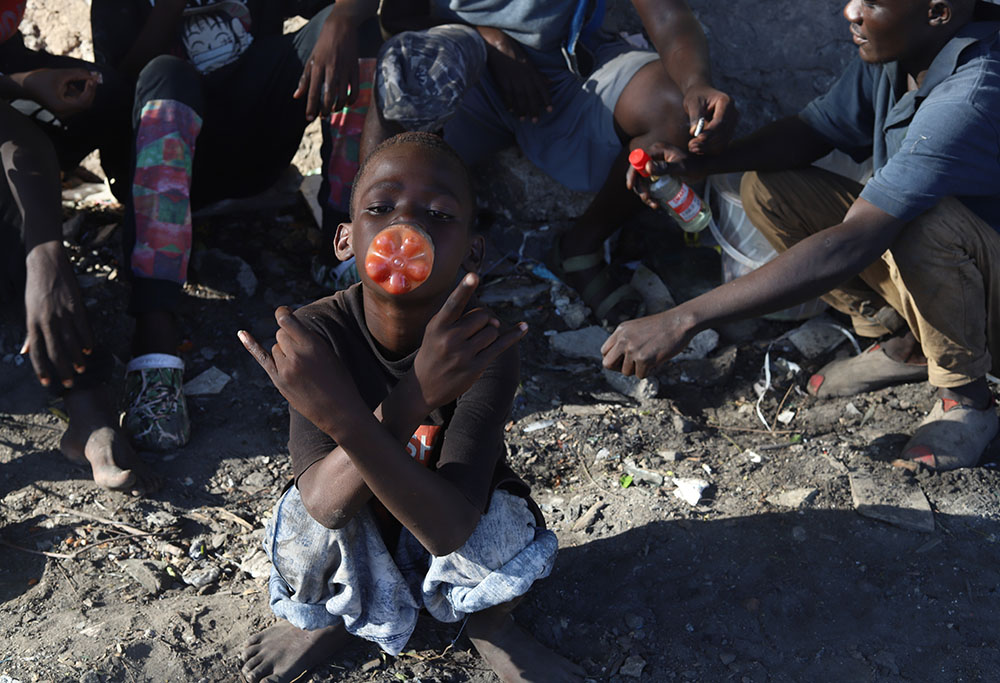
Declining grades, absenteeism from school and other activities, and increased potential for dropping out of school are problems associated with adolescent substance abuse.
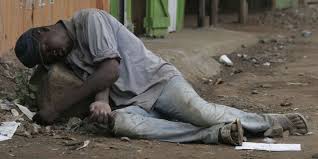
Injuries due to accidents (such as car accidents), physical disabilities and diseases, and the effects of possible overdoses are among the health-related consequences of these substance abuse. Disproportionate numbers of youth involved with alcohol and other drugs face an increased risk of death through suicide, homicide, accident, and illness.
Transmission of HIV/AIDS primarily occurs through exposure to body fluids of an infected person during sexual contact or through sharing of unsterile drug-injection equipment. Another primary means of transmission is from mothers to infants during pregnancy or the birth process. Many substance-abusing youth engage in behavior that places them at risk of contracting HIV/AIDS or other sexually transmitted diseases. This may include the actual use of psychoactive substances (particularly those that are injected) or behavior resulting from poor judgment and impulse control while experiencing the effects of mood-altering substances. Rates of AIDS diagnoses currently are relatively low among teenagers, compared with most other age groups. However, because the disease has a long latency period before symptoms appear, it is likely that many young adults with AIDS were actually infected with HIV as a youth .
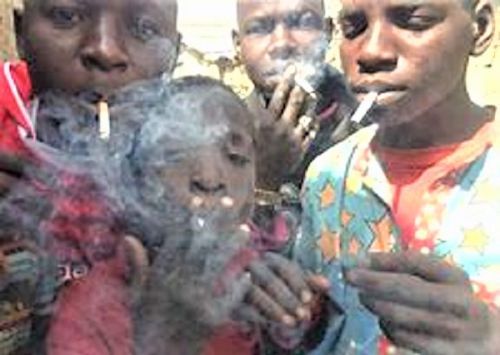
Mental health problems such as depression, developmental lags, apathy, withdrawal, and other psychosocial dysfunctions frequently are linked to substance abuse among youths. Substance-abusing youth are at higher risk than nonusers for mental health problems, including depression, conduct problems, personality disorders, suicidal thoughts, attempted suicide, and suicide. Marijuana use, which is prevalent among youth, has been shown to interfere with short-term memory, learning, and psychomotor skills. Motivation and psychosexual/emotional development also may be influenced.Substance-abusing youth often are alienated from and stigmatized by their peers. Youth using alcohol and other drugs also often disengage from school and community activities, depriving their peers and communities of the positive contributions they might otherwise have made.

In addition to personal adversities, the abuse of alcohol and other drugs by youth may result in family crises and jeopardize many aspects of family life, sometimes resulting in family dysfunction. Both siblings and parents are profoundly affected by alcohol- and drug-involved youth Substance abuse can drain a family's financial and emotional resources. The social and economic costs related to youth substance abuse are high. They result from the financial losses and distress suffered by alcohol- and drug-related crime victims, increased burdens for the support of adolescents and young adults who are not able to become self-supporting, and greater demands for medical and other treatment services for these youth
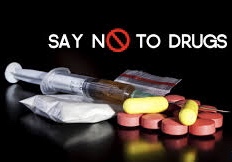
All these alcohol and hard drugs does more harm than good.
This is an interesting content @abdul-rauf
Together we can help the affected people in these to stop ✋ #saynotodrugsabuse
It is sad when we see these things happening, there's a whole lot that we ought to do about this and i am hoping that those of us close to some of these individuals can make some efforts for them
Boss I have started with the education of drug abuse in my area but trust me it isn’t easy but w will get better and get there soon